These two processors, particularly the Ryzen 9 9950X3D, continue AMD's strategy of offering solutions for gamers, professionals, and content creators alike. Designed for the AM5 platform, they benefit from all the improvements made by the Zen 5 architecture, but also include 3D V-Cache memory, a technology that is particularly useful and effective in video games.
Zen 5 architecture and 3D V-Cache memory, the perfect duo
The Zen 5 architecture, launched in 2024 with the Ryzen 9000 Series (Ryzen 5 9600X, Ryzen 7 9900X, Ryzen 9 9900X and 9950X), offers many improvements over the previous Zen 4 architecture used by the Ryzen 7000 Series for desktop computers and the Ryzen 8000G models for laptops. For example, branch prediction has been improved, the number of instruction buffers has been increased, and execution pipelines have been expanded, improving the ability to execute a high number of operations simultaneously and therefore increasing the number of instructions per cycle processed by the processor. src="https://www.01net.com/app/uploads/2025/03/AMD-Zen-5-microarchitecture.jpg">
The Zen 5 architecture, however, retains a design based on chiplets, a modular approach that allows AMD to better control production costs and more easily adapt the number of cores and features of its processors. The Ryzen 9 9950X3D uses a dual CCD (CPU Complex Die) configuration, each of which contains eight Zen 5 cores engraved by TSMC in 5 nm “improved” with its N4P process, for a total of 16 cores. The CCD size is similar to that of Zen 4 CCDs, but power efficiency improves by 22% while transistor density increases by 6%.
These CPUs also integrate memorySecond-generation 3D V-Cache: This technology involves vertically stacking an additional cache chip on top of one of the two CCDs, significantly increasing the total amount of cache available to the cores. AMD made one big change to this technology, however: in previous generations of X3D chips like the 5800X3D and 7800X3D, the 64MB 3D V-Cache chip was stacked on top of the CCD, which already contained 32MB of onboard cache. With the second generation of 3D V-Cache, the manufacturer has reversed the stacking direction: the CCD is now placed above the 3D V-Cache memory.
This effectively improves heat dissipation, as the heat generated by the computing cores can now be dissipated directly into the cooling system, similar to conventional Ryzen 9000 processors. The 64MB 3D cache becomes a sort of base covering the entire surface under the CCD. In addition to improving thermal performance, this design change also allows these new Ryzen X3Ds to have the same overclocking capabilities as standard Ryzen 9000 processors.
Ryzen 9 9950X3D: a super-powerful model for gaming or work
The specifications of the Ryzen 9 9950X3D place it at the top of the AMD desktop processor range. Its 16 cores clocked at 4.3 GHz – and up to 5.7 GHz in Boost – are capable of processing 32 threads simultaneously. It integrates a total of 128 MB of L3 cache, half of which is provided by 3D V-Cache technology. Typical power consumption under load (TDP, or Thermal Design Power) is listed at 170 watts, but actual power consumption may vary depending on workload and task type. The PPT, that is to say the maximum power that the AM5 socket can provide to the processor, is calibrated by default at 200 watts.
Like other Ryzen 9000 processors, the 9950X3D includes a graphics engine Basic iGPU based on the RDNA 2 architecture consisting of 128 stream processors. This iGPU offers sufficient performance for office tasks, web browsing and multimedia playback, and supports up to four displays as well as H.265 and AV1 decoding acceleration. However, no AI acceleration engine (NPU) is integrated.
| Processor | Cores CPU | Base Frequency | Frequency Boost | Memory Cache (L2+L3) | TDP |
| Ryzen 9 9950X3D | 16x Zen5 | 4.3 GHz | 5.7 GHz | 144 MB | 170 W |
| Ryzen 9 9950X | 16x Zen5 | 4.3 GHz | 5.7 GHz | 80 MB | 170 W |
| Ryzen 9 9900X3D | 12x Zen5 | 4.4 GHz | 5.5 GHz | 140 MB | 120 W |
| Ryzen 9 9900X | 12x Zen5 | 4.4 GHz | 5.6 GHz | 76 MB | 120 W |
| Ryzen 7 9800X3D | 8x Zen5 | 4.7 GHz | 5.2 GHz | 104 MB | 120 W |
| Ryzen 7 9700X | 8x Zen5 | 3.8 GHz | 5.5 GHz | 40 MB | 65 W |
| Ryzen 5 9600X | 6x Zen5 | 3.9 GHz | 5.4 GHz | 38 MB | 65 W |
First tests show that this Ryzen 9 9950X3D surpasses all other processors on the market in terms of gaming performance, especially the Core i9-14900K and Core Ultra 9 Intel's 285K, with the notable exception of the Ryzen 7 9800X3D in some very specific scenarios. In Full HD, the performance gain averages 10% compared to the Ryzen 9 9950X without 3D V-Cache memory. The gap with the previous generation Ryzen 7 7800X3D, however, is quite small, around 3% on average. In office and professional applications, the Ryzen 9 9950X3D finally rivals the 9950X and generally proves faster than the competing Core Ultra 9 285K and Core i9-14900K.
The fact remains that at a real price approaching 830 euros, this Ryzen 9 9950X3D perhaps makes you pay a little high for its performance and versatility. Especially since you have to add to this price the cost of the heat sink; AMD recommends a liquid cooling system with a 240 or 280 mm radiator so that its latest baby can express its full potential.

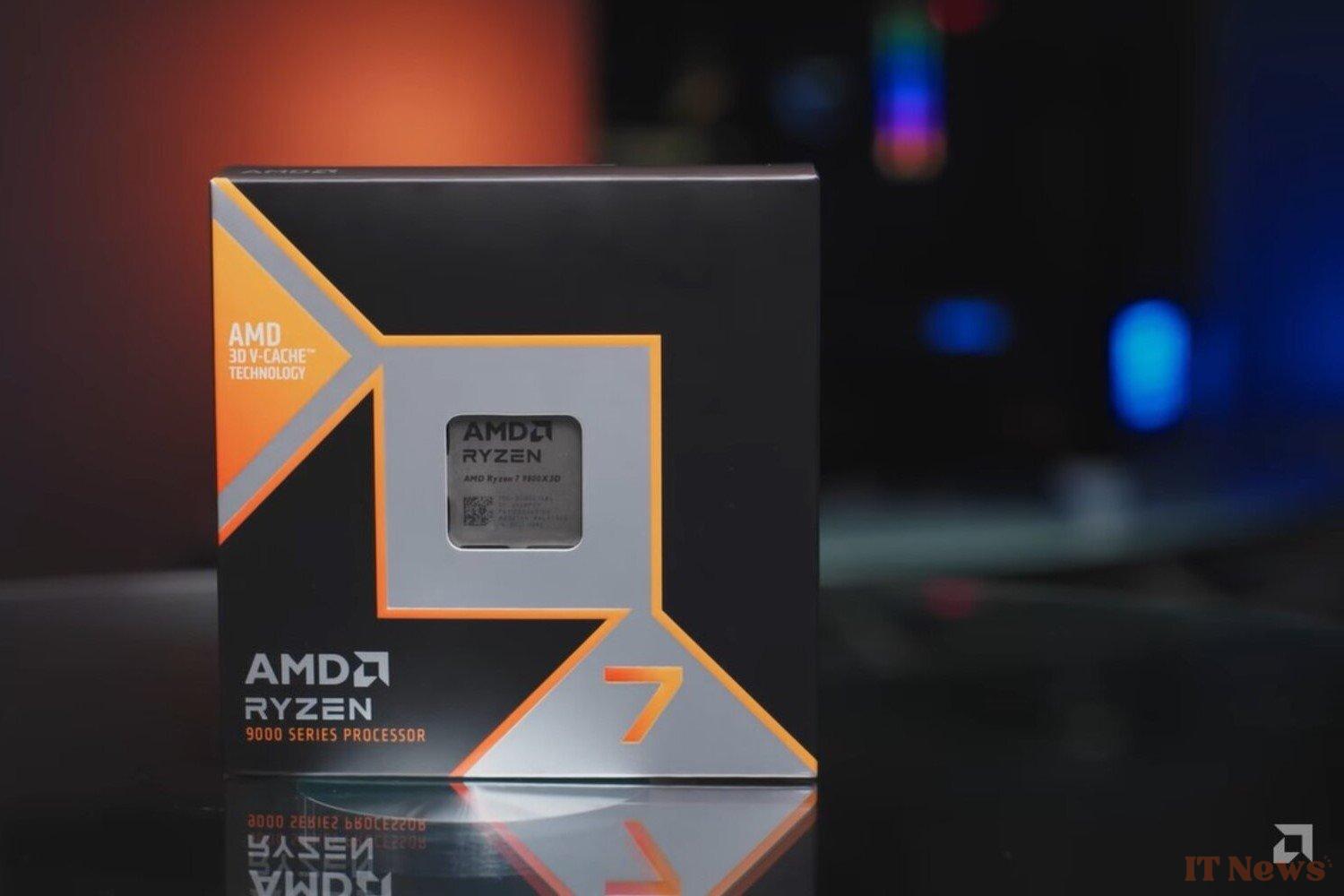
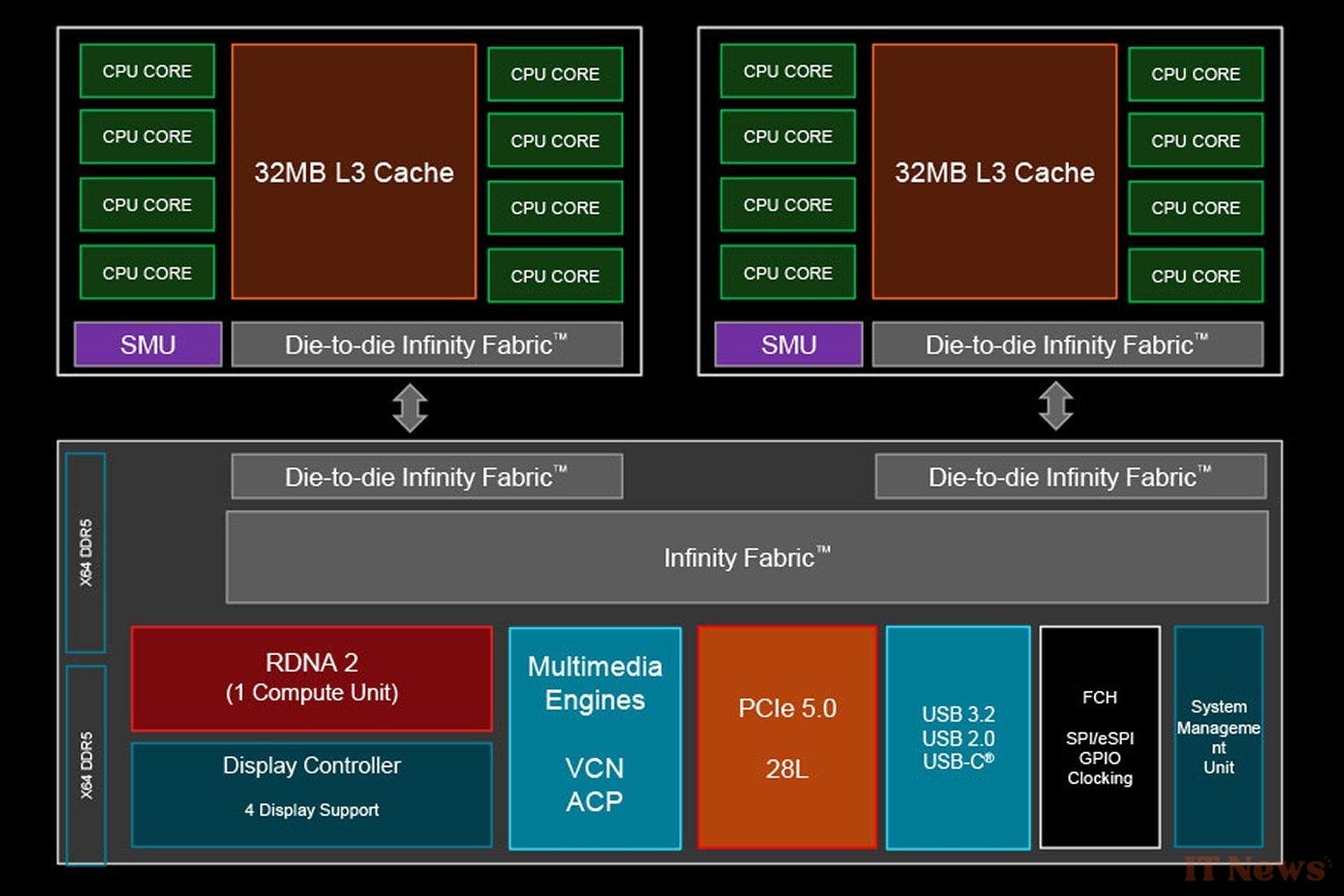
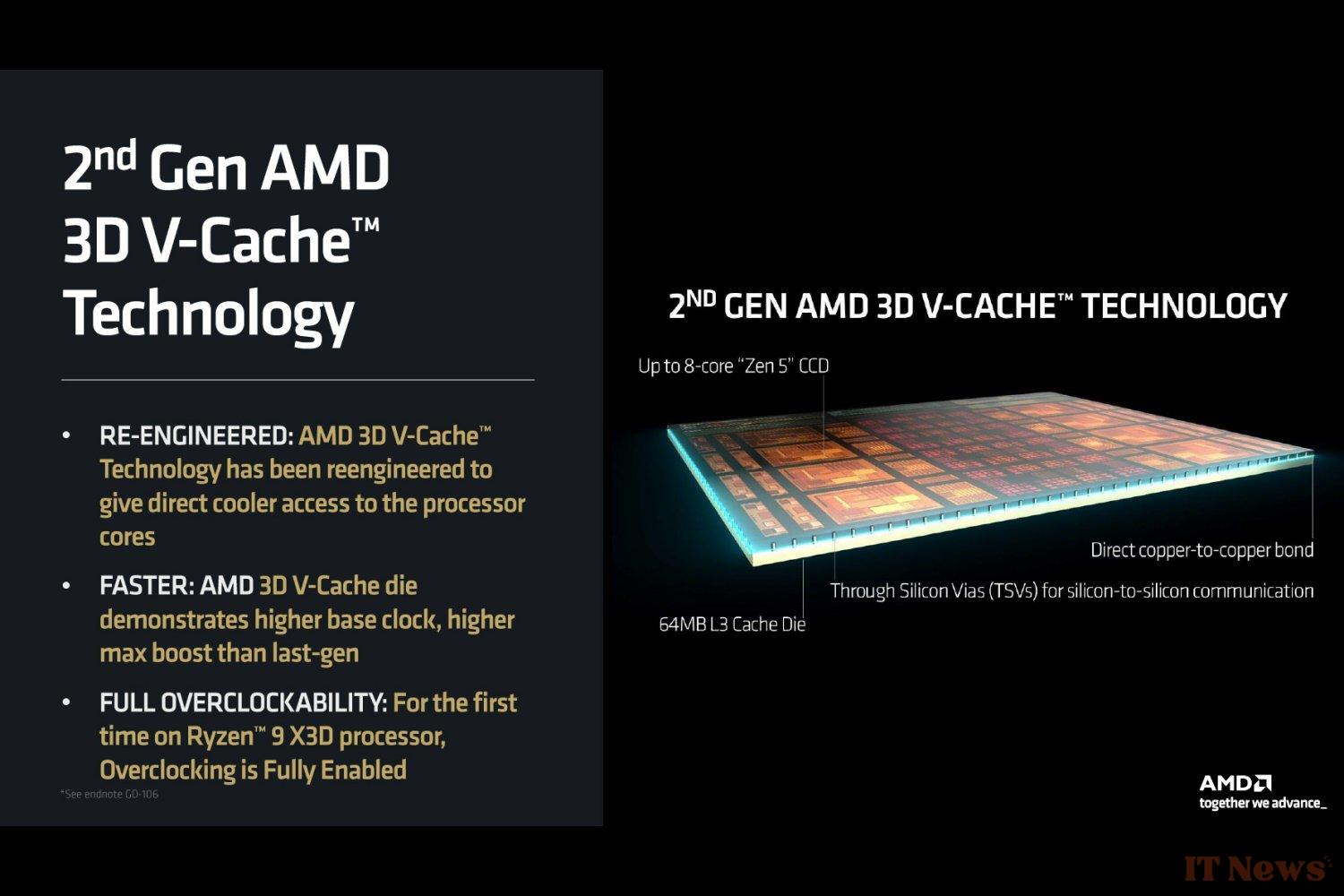
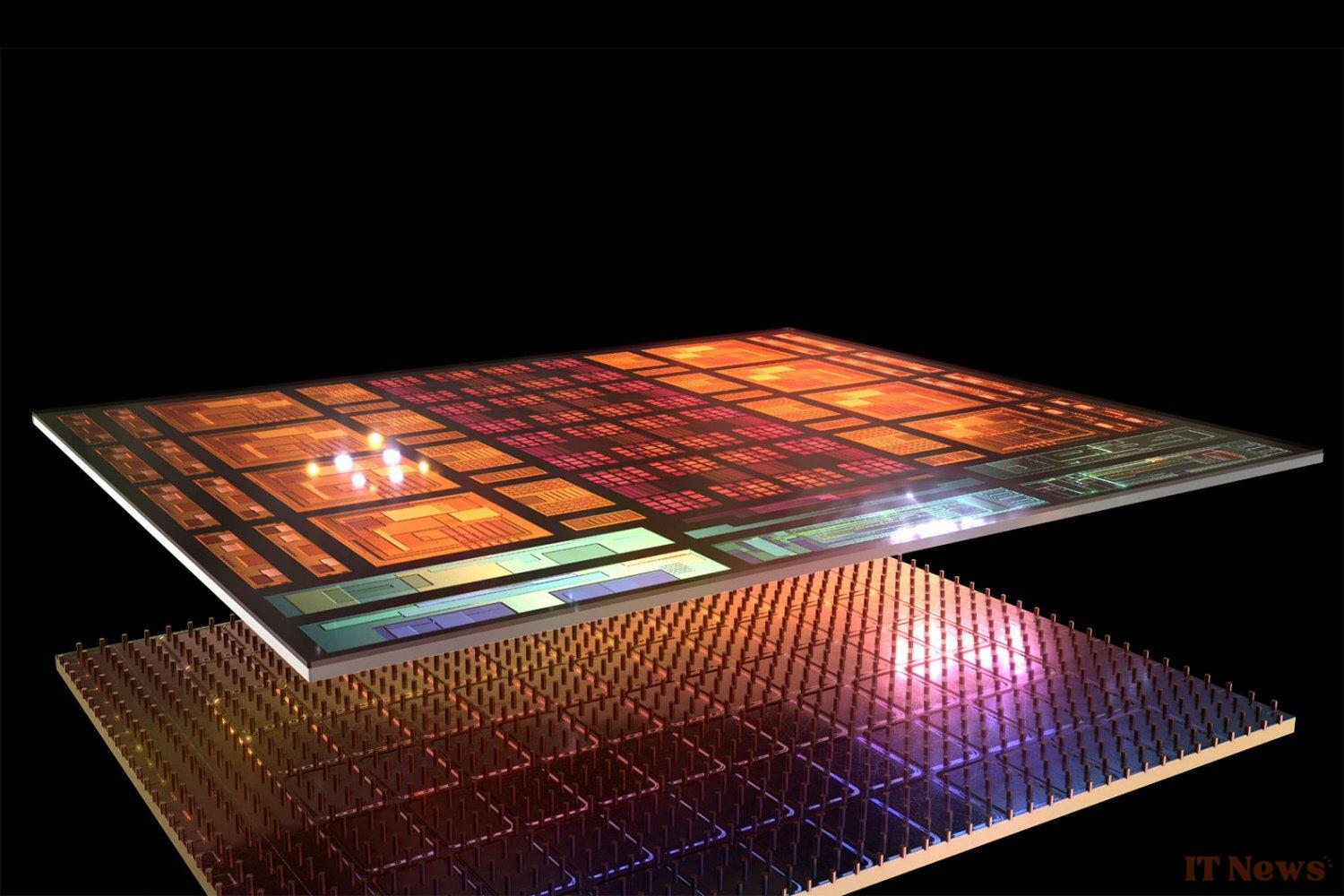
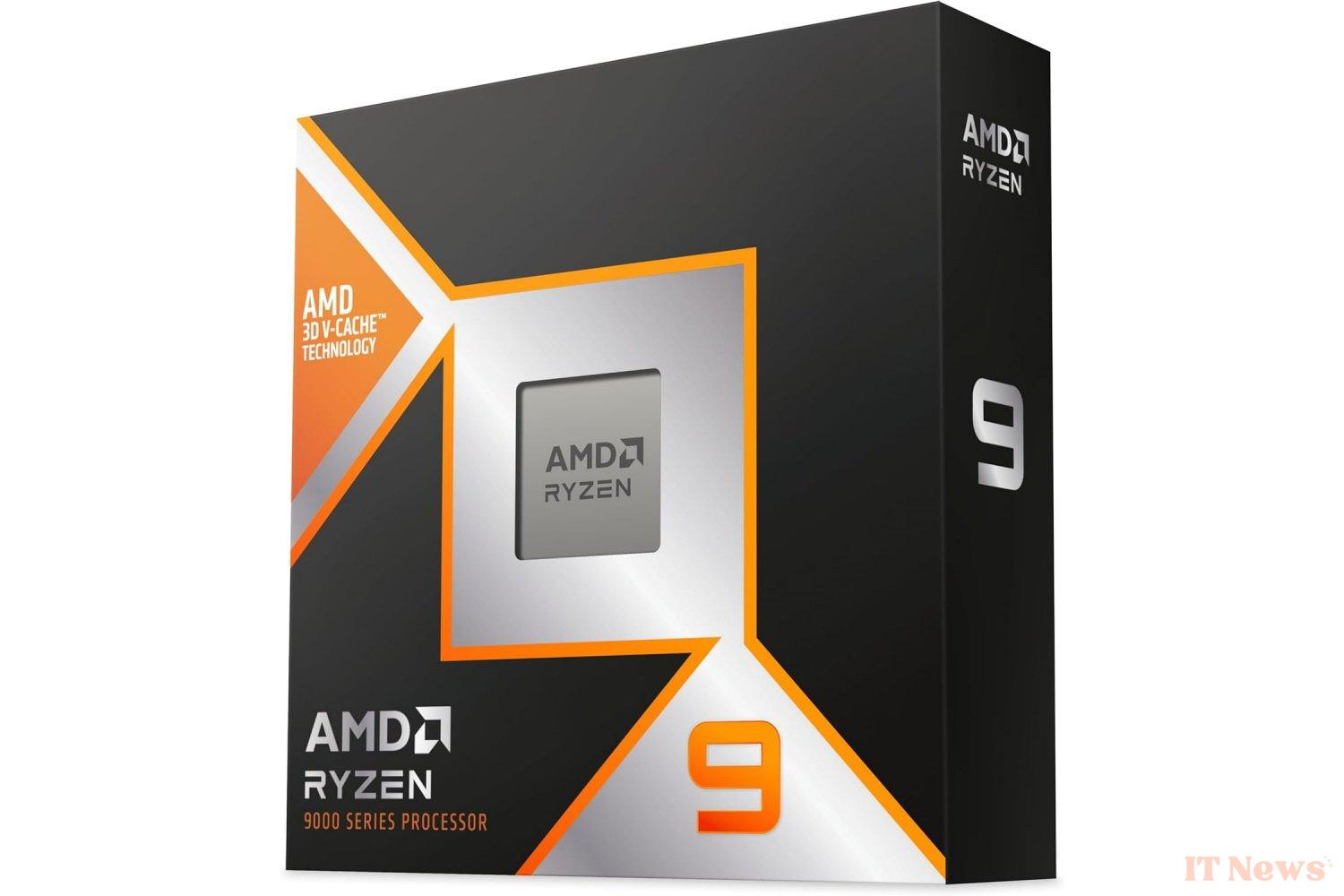

0 Comments